Claus Voigtmann’s rise through the pyramid of electronic music can be summed up with one word – patience. A completely self taught producer and DJ, Voigtmann’s rise has been steady but in the last two years his DJ sets have become more renowned around the world and his productions are always hotly anticipated.
Now the German born, London based DJ is bringing out his debut album, a ten tracker by the name of ‘Sublunary’. For him, this is the ‘complete product’, Voigtmann has been involved with the album every step of the year, from all facets of production to designing the album sleeve and putting out on a sublabel of his very own label. This start to finish process has helped craft his ‘Very Own World of Bass’.
Trommel paid Voigtmann a visit to his studio, to talk about Sublunary, his journey thus far, Houghton and much more…
Was there any kind of special inspiration behind the album? Such as emotions, situations or just creating music?
The story behind the album is that you go through personal development as a producer. So you start at the very beginning and you don’t really know what you’re doing, you’re just trying things out, but you do get better at writing music and figuring out why things sound a certain way.
At a point, I realised I’m able to shape sound the way I like it, it’s not just coincidence what comes out of the speakers anymore. But now, you have a certain knowledge that you can apply to music and as well in the studio.
At the time of making the album, I had the best setup I ever had in this studio, so I thought ‘If not now, when?’ It has to happen now. I started writing the first two or three tracks and they were ambient tracks, which I thought was a really cool way of going into it.
How many tracks originally were originally written for the album?
Many more! Twenty, twenty-five and I cut it down to ten. There’s a lot of tracks that I had begun working on and then at some point, you leave it behind and you start working on something new.
So anything pulled from say, 2015?
Yes, here is one. Parts of ‘The confessions of a Time Traveller’ actually. For me, it’s a track that sticks out from the album because it’s has a slightly more minimal touch to it, you can actually hear that but it’s been brought forward and there’s some beautiful ambience with a melody on top. From the Oberheim OB6 here, which is laid on top of the rhythm.
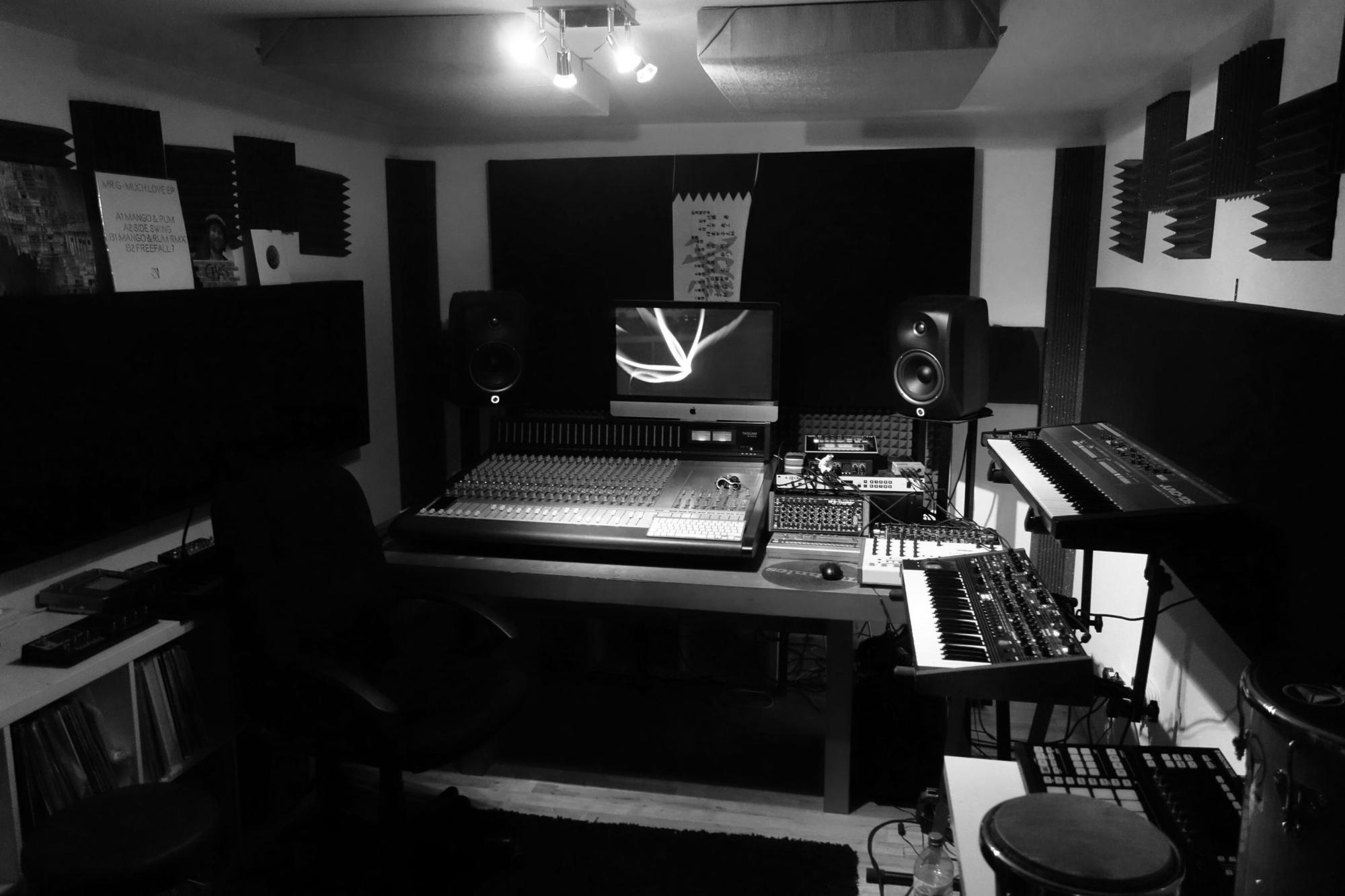
Your first EP came out in 2013, was an album ever on the cards?
No I was just happy that I could release an EP! I remember when Jan Krueger and Daze Maxim said I could release on Hello? Repeat. They were like my idols back then! Only with time after the years you get more confident and you’re still in doubt, I’m still very insecure at the whole album although I know it’s kind of at a standard where it’s more than fine but as a musician, you do put this judgement upon yourself.
You’ve never released on Subsequent before, why now?
I was almost not going to! You can notice that the album has a cat-number, it’s Sublunary (SUBLN001) , I wanted to make a separate label for only my own work. I wanted to keep Subsequent ‘pristine’, in a way as the artists I sign for Subsequent, I know are spot on, so it’s really really hard to judge my own work in the same light because it’s…my own work. So it’s tricky, I played with the thought of having another label but in the end it would make things a bit too complicated and in the end, it is my platform and I would like to have it on there.
You’ve included a remix of Ibrahim Alfa on the album, which is a curveball for an album in that not many people have a remix of someone else’s track on an album. What’s the story behind this?
So, it’s a long story. Ibrahim Alfa was one of my idols in terms of production, production techniques and analogue production. There was a lost album, this album called ‘Once Upon A Time In Brighton’ got lost and Move D found it after years and years in his dat-tapes collection. They released it on Workshop years after, there was one track on the preview on YouTube and it blew my mind! A couple of months later I checked the release when it came out and that track isn’t on there, the best track of the whole album!
I wrote to Ibrahim asking ‘where’s the track?’ He said it didn’t make it on the record. I asked if I could have it for Subsequent? Which was on the fourth release as ‘Ibrahim Alfa – January’, since then we’ve become close, I did a remix for his label. This took a long time to come about and I asked him if I could release this remix on the album and he said yes. I was very chuffed to have this track on there.
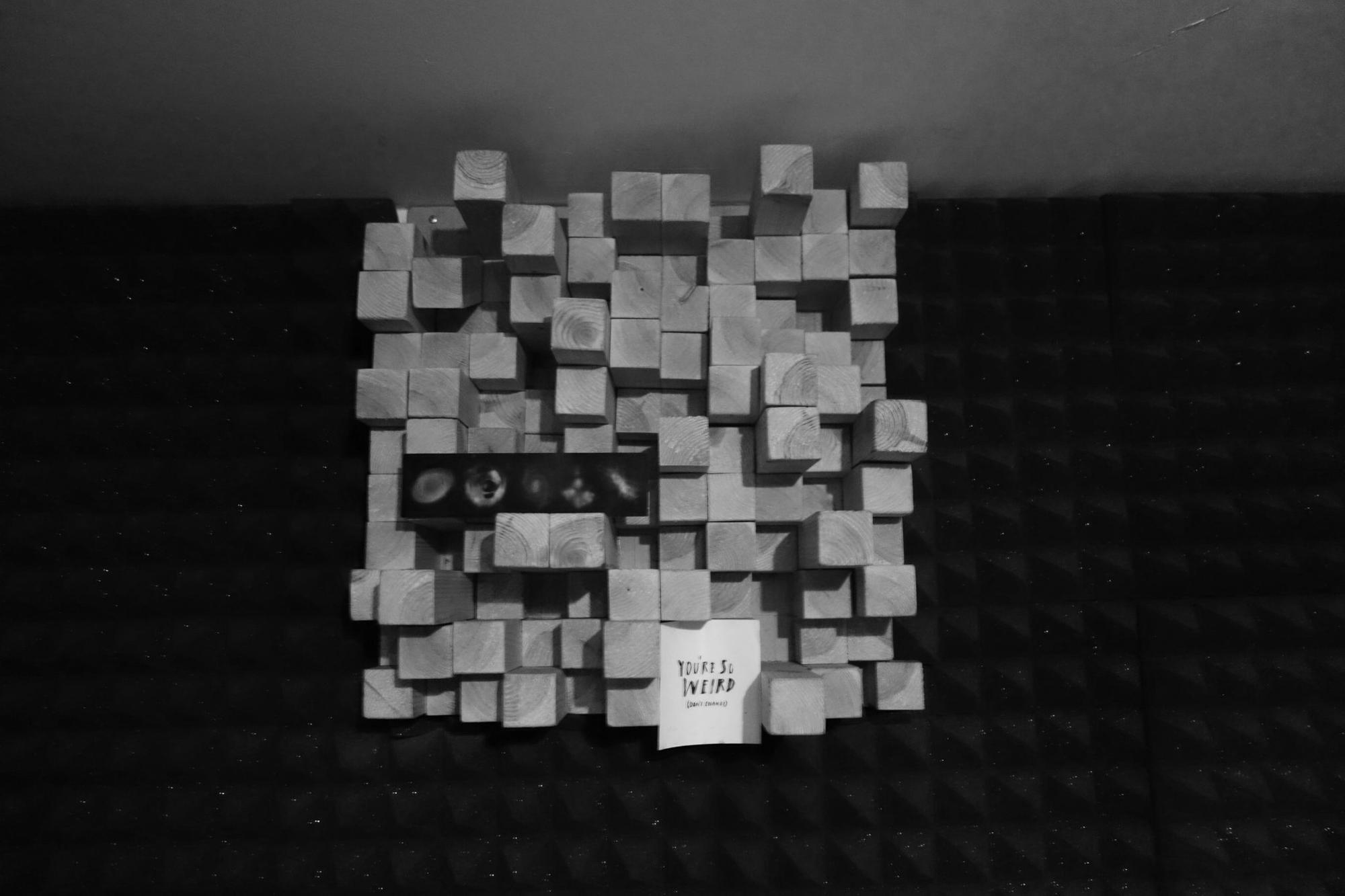
Any inspiration for particular tracks?
Plenty of inspiration for different tracks. The main focus of the album was to not fall into any categories and I think you can see that when you listen to all the tracks on the album, there’s a lot of variety. I was writing that album when the whole ‘new bleepy techno’ thing came out. The first five tracks were sounding exactly like that and I scrapped them all because I would fall into the category of ‘you sound like everybody else’. I scrapped them and started again, so I could sound like me.
It’s a very deep album and I tried to have a sort of timeless effect on it where I can look back in five years and not cringe when I listen to it, so it should be a snapshot in time really.
Is more ambient production on the cards in the future then?
Definitely! I feel like I’ve really achieved something with the album at the moment in the realms of 4×4. The big aim is to do another alias of mine which goes into broken beats, future jazz, that sort of direction. This would be a challenge I’d love to put upon myself
So ‘The Fall’ is one of the ambient tracks you’ve been talking about. Which seemed to me a very dark, eery, kind of horror movie soundtrack…
So that came about because of an accident I had a couple of years ago where I almost died, around ten years ago now. I was still lingering around and will always be but the confrontation with this dark vibe feels very therapeutical because I’m not a very dark person as such and all the music that I play is not very dark. But being in the studio and working that up was actually really nice, meditative. Most of it was done with the OB6! You can really sculpt and shape the sound so intuitively. The bassline, like most basslines were written on the Moog Voyager which I, unfortunately, don’t have anymore.
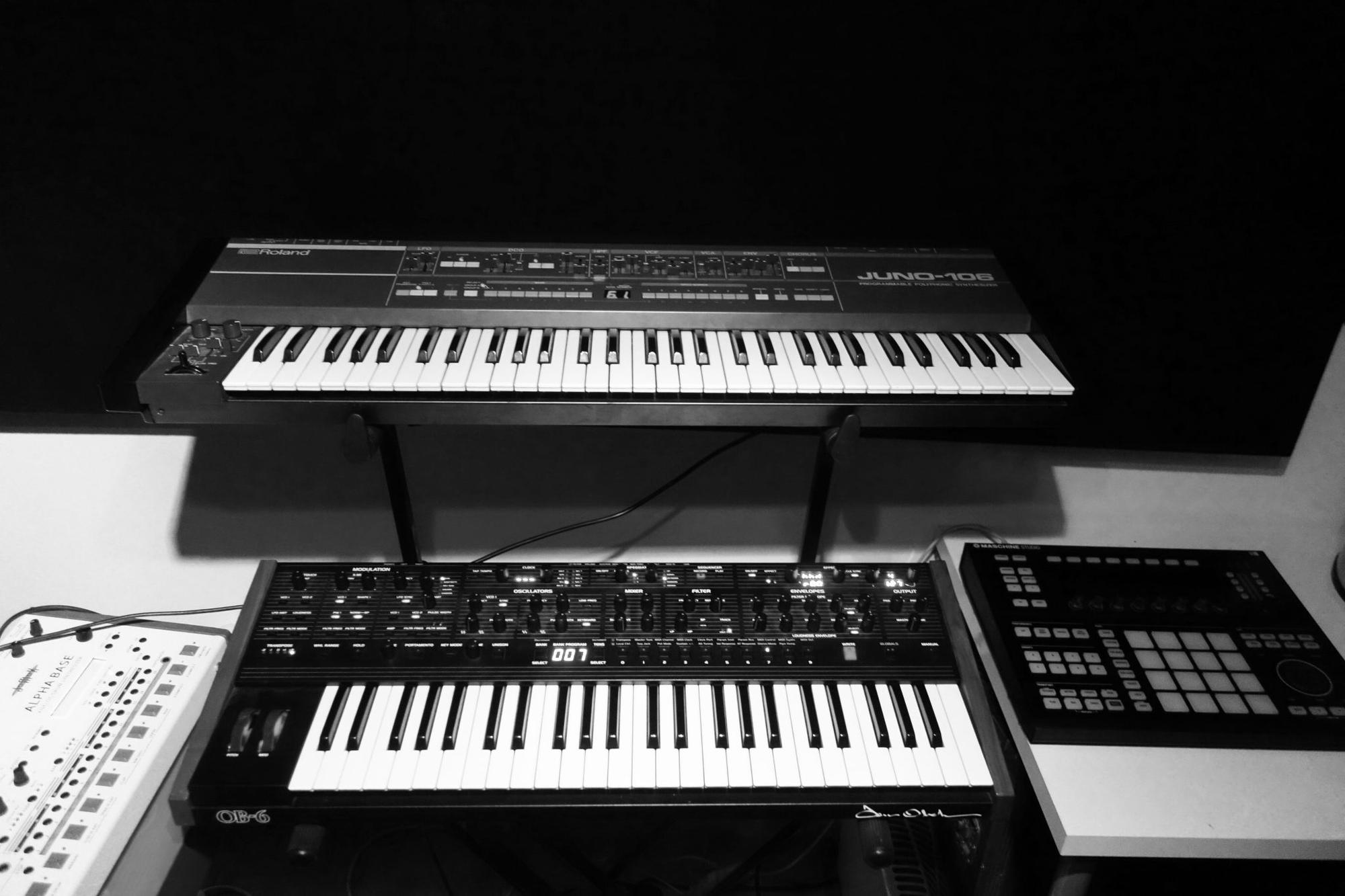
‘Mr Mojo Rising’ seems to be more focused on being for the dancefloor. Did you have the thought ‘I want some of this to be played out?’
Definitely. I sort of had a switch in my DJing as well, I tried to play more for the floor, the album was a cross-section of all kind of genres. It should be danceable and DJs buying the album as well as playing the tracks out. This is what I’m doing this for, not only for ‘arty-farty’ reasons. I wanted it to be played in the clubs, this is the reason we all do this, in order to dance.
One thing that grabbed my attention was the track names. The finale ‘Anti gravity space taco’…
*Laughs* Basically I’ve got long lists on my phone, I’ve got a thing for names. I pick up stuff from everywhere and I’ve got a list with loads of names. I’ve got a list of probably the next ten albums!
Is there any ideas behind these names?
No ideas yet. But it’s something that has a ring to my ears and I pick up something and I put it together and I’m like ‘WOW’.
Do you have a flexible starting point when creating music or do you have a certain aspect in mind then build from that? Or ‘I am feeling a certain type of way, let’s try and convey that’?
It’s in several ways. I always start every new track from an old track. So I’ve got a couple of sounds that happen in every single track that I make, I don’t know why, it’s just there. Almost every track has a vocal from Samuel L Jackson, little snippets – these are often shaped to sounds. He’s got a beautiful timbre to his voice, there’s something that I really like. It’s often so far in the back that you don’t even hear it. For example, listen to Space Taco and there’s a vocal underlying, with delays and reverbs, swings with the groove as well. There’s also clicks and switches, scratches, also on every track, I take those from old projects in Ableton so they always re-occur.
Whereas other people start with an Ableton preset, I do it in the old-fashioned way of opening a previous track, leaving what I like, deleting the rest and saving as a new project. So I’ve always had the same basic feeling in a track and I work on top of that. The best outcomes are when you’re completely free and just go to your drum machine and go through kicks, hi-hats and see how it goes.
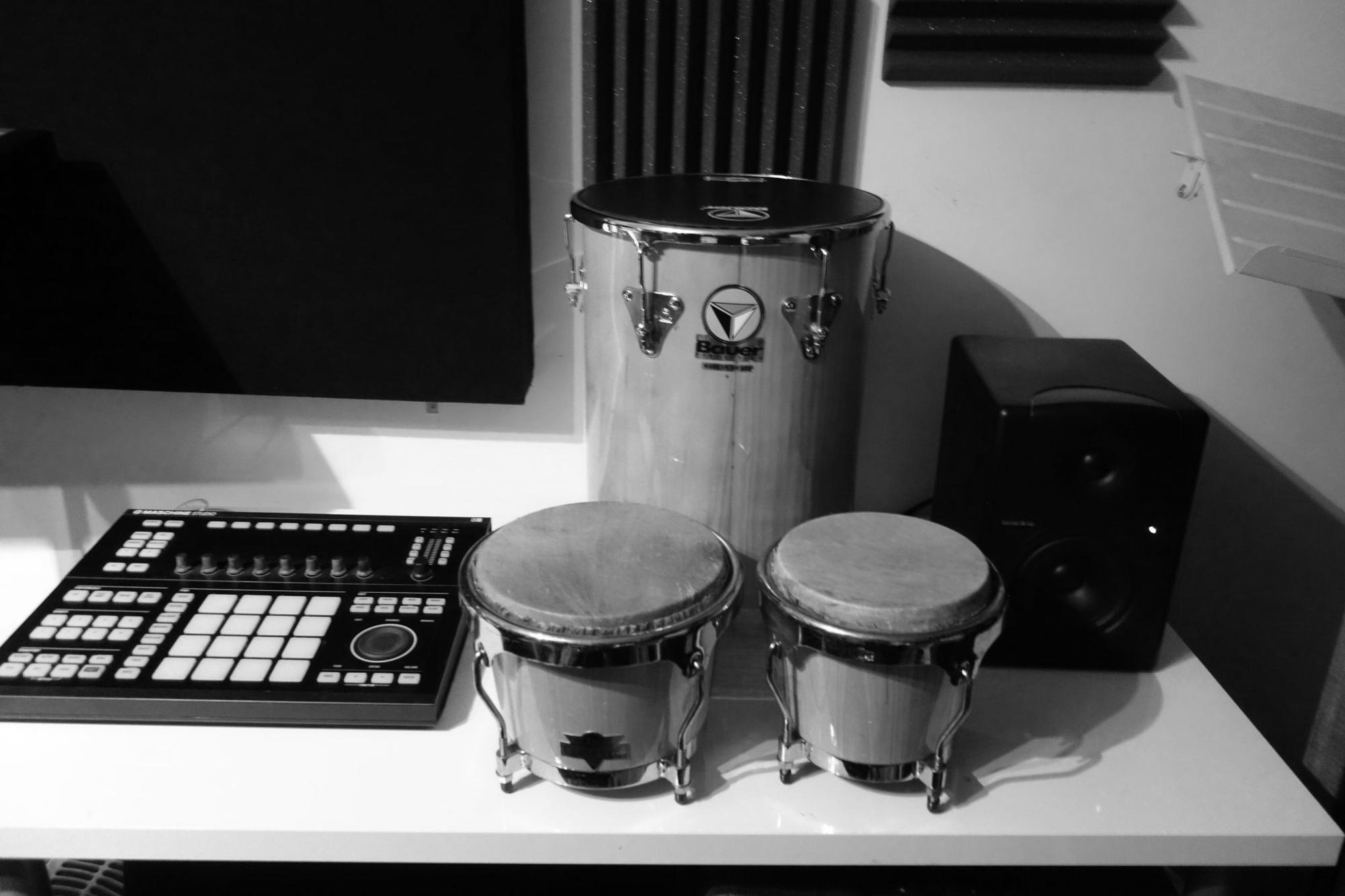
Are you completely self-taught with producing music?
Yep! All trial and error. My first three years of production there was almost no outcome. I was just diving into a synthesiser or ‘today I’m messing around with this drum machine’.
Is there one piece of gear in the studio that you couldn’t live without?
The OB6! And the voyager. I had it for over a year. I used it in almost every track and it feels now like something’s missing for basslines which really needs replacing. The bassline on Mr.Mojo Risin is a SH101 which is a beauty of an instrument as well…oh,bass…that’s my world, I love it.
You’re famous for your prominent use of samples. Any in the album?
Samuel L Jackson! *Laughs* There’s scratches. There’s always a certain flanger on the hi-hats. In the background you can hear a static crackle of a vinyl in the background, every track has the vinyl crackle in the background. I use different samples over and over it in different variations to get different effects.
Any particular reason why?
I just like the sound of it! I thought if I have a couple of elements that reach through every single track, it kind of glues everything together and gives it a kind of trademark feel.
I read that you work full-time as an architect, how was the balance between working, DJing and producing this album?
It was difficult. During the album I was working until 6PM, then came to my studio four-five times a week until 1AM, then get up for work in the morning. But I really had this drive to get this album finished and I’m so glad I did.
So I’ve read when you moved to London you didn’t have a high opinion of electronic music…
When I came to London I had seven years of classical guitar training. I came from heavy metal and punk, I played in a skate punk band! So power chords and just purely rock music. Nothing to do with electronic music. Then I started going out to London and it was the rise of lo*kee parties at the time with all the warehouse parties in Hackney Wick, it was paradise. There was something going on all the time and I completely fell in love with it.
There was one time in Fabric, I remember Richie Hawtin was playing and he was still playing records at the time, it blew my mind completely! Then I was like ‘I want to learn how to DJ’ Then I started DJing for four or five years then production came afterwards.
So you didn’t make music as a skate punk band? No one’s going to dig something up from back then?
No no! It was just purely kids, meeting up, jamming and getting drunk *laughs*
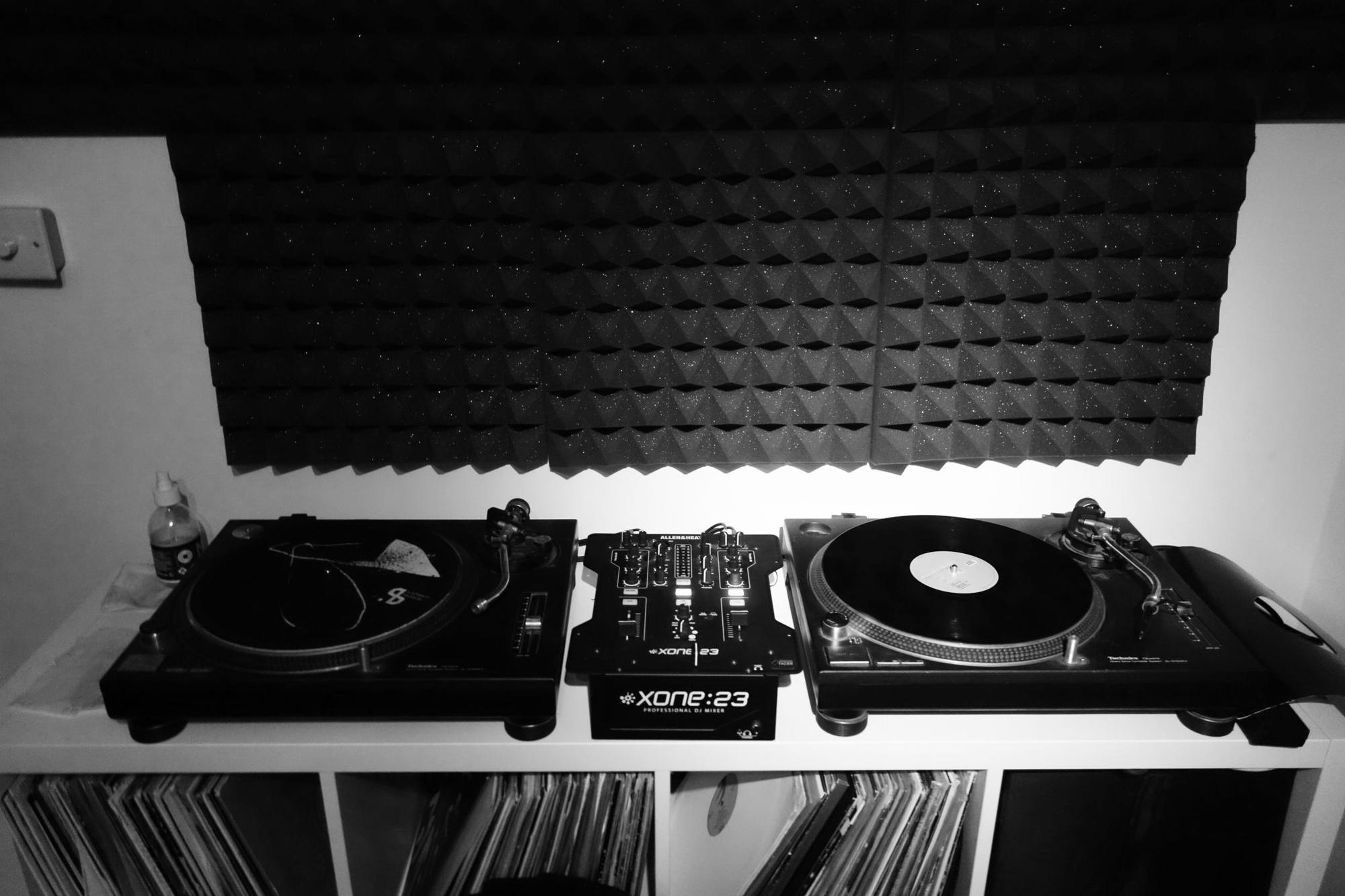
Let’s move onto DJing now. How did you start in that department?
It was…interesting at the beginning because you have no clue! And you’re just trying to get through a DJ set without messing up a mix, that’s your main thing. What I did with Toi Toi is that I created my own platform to play out, so I had a warm-up set every month and that was the best training I could’ve ever had. I didn’t play any late or closing slots until five years in, because I was super shy about it.
Why’d you pick the warm up slot?
I’m a quiet kind of guy and I found it a lot easier to play ‘warm up’ records and build it up slowly. It made sense in my head with ‘I layer this record with this one’ and the intensity slowly builds. Now that I’m playing more peak time slots, I look back and it’s actually more difficult to play the warm up sets properly!
Let’s move onto Toi Toi, what was the ethos and idea behind starting it?
That was basically for us to have, first of all, a base to go partying, because we experienced all these warehouse parties at the time and we were cocky and thought ‘we can do better than this!’ We tried and then figured out it was pretty hard to actually do. But with the right people involved and a lot of hard work, it started to come together. For me, it was like a training ground and a place where I could show what I could do.
I mean the concept of a warehouse party now…
Yeah, it’s almost non-existent. We’ve done some crazy stuff in a basement on Old Street, we did some parties next to the Police Station, it was crazy. It was freedom and there was space to do all these things. But now…even if you go to a warehouse party you have to show your ID and all this. It’s more complicated now.
Let’s talk a bit about Houghton. Both your sets that weekend caused quite a bit of buzz in the scene. How was it?
It was incredible! I was really happy with the sets. It was one of the most enjoyable gigs I’ve ever played. Houghton is a very satisfying place for a DJ because you leave all these worries of ‘Will the record jump?’ or ‘Will this happen?’ but you go in with the confidence that you can play records that you sometimes can’t play elsewhere. You go in with a lot of confidence and you feel that in the music and the crowd were great.
I think The Clearing set was the best set I’ve ever played… There’s a lot of preparation that goes into a set. So when I played Houghton I was buying records a month before specifically for this set. I knew I wanted to play really energetic, really move the people. For once, I wanted to smash it out, not in a heavy way but in a groovy, energetic and danceable way.
You played two sets. How were they different?
Yeah. The Clearing was peak time, really energetic set, which is what I wanted to do at that point. Then the Terminus was more after-party vibe.
The DJs who play Houghton are usually good friends with Craig Richards? How did you two meet?
We actually played together and he came to me after the party and said ‘Claus, don’t tell anyone but I’m starting a festival and I’d like you to play’ Now you can imagine me I was like ‘PFF’, gobsmacked!
Your back-to-back with Sonja Moonear at Houghton last year received a lot of hype last year…
Yeah, I had the dancefloor properly moving and she was next, then she asked ‘Why don’t we play together until the end?’ It was totally spontaneous. It was a really nice thing for her to do as she could have easily taken over but she saw it as a harmonious opportunity.
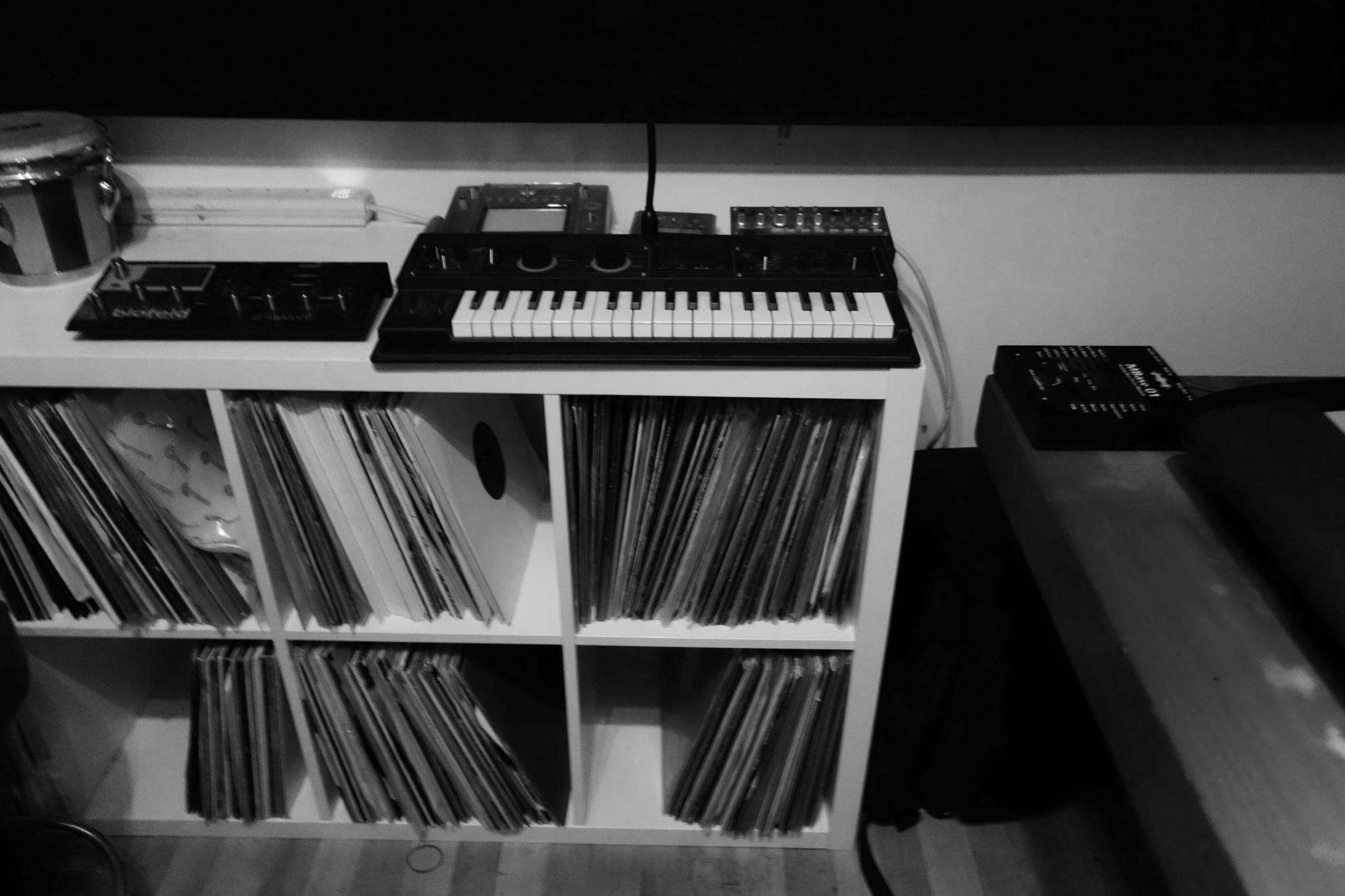
Do you feel as though your sound has changed that much over the past couple of years? If so, how?
Yes definitely. Mainly DJing, before I would just be playing records but now I’m playing a certain kind of set, so I take into account the venue, the time I’m playing and I sculpt my set from there. In terms of production, the album helped me establish a certain sound for myself. Before everything was a little bit more minimal, and creating this album I realised there’s a lot more drive and an attitude to music.
You’re noted for your collaborations in producing and DJing, DeWalta especially. How did that come about?
We knew each other from the very beginning. I remember we played together at Club Der Visionaere, then we went to Berghain, then after Berghain we went straight into the studio and started writing the first EP for Hello? Repeat records.
An interesting thing with DeWalta is that it’s a great mix of styles. He’s more minimal, I’m more techno-ish and if we bring it together it’s more energetic. We have a remix for One Records which is the best example. It’s very fast and very techno but at the same time, it’s quite minimal.
You’ve been involved a lot with Lion and Lamb, how did this come about?
They asked me for architectural supervision when they built the Lion and Lamb so I was involved from the very beginning. I started playing there, then I had my own night [Voigtmann Invites] and I was inviting people to play until I felt like I was comfortable letting other people take over.
You also recently joined Meanwhile/VBX agency…
Yup! It’s going great. I feel, after a long time my agent Denise has a feeling for what my career needs and can steer me in the right direction
They’re fantastic – I am very happy there.
Anything else in the works that people can look forward to?
I have a lot of remixes forthcoming! I also have an alias coming focusing on broken beats and future jazz under the alias ‘V-Man’ (smiles)
You can purchase ‘Sublunary’ via Juno, Deejay or any good record store. Digital copies will be available on Subsequent’s Bandcamp store in the coming months. You can also follow Voigtmann on Facebook to keep up to date with his latest gigs and happenings.



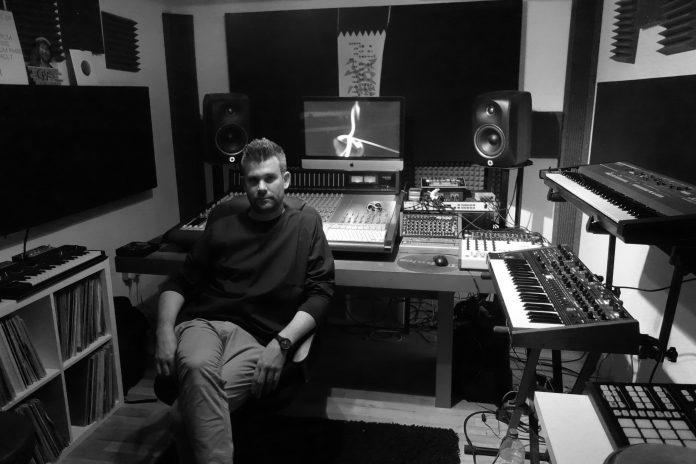
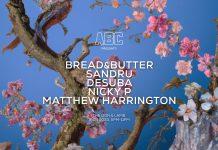





![Premiere: B1 – Karma – Mi-Mnemonic (Ali Synth Version) [DAMN009]](https://trommelmusic.com/wp-content/uploads/2025/12/1174039-324x235.jpg)
![Premiere: A2 – Sancturu – The Last Romantic [ERROR404-02]](https://trommelmusic.com/wp-content/uploads/2025/12/TAPAERROR404-100x70.jpg)
![Premiere: B1 – Spacekid – Lonely [DAMNLTD002]](https://trommelmusic.com/wp-content/uploads/2025/12/photo_2025-12-07_14-51-16-100x70.jpg)
![Premiere: A1 – Paularner – Narco Dollar Health Care [MCBR007]](https://trommelmusic.com/wp-content/uploads/2025/12/MCRB007_template_Side_A_mockup-100x70.jpg)
![Premiere: 5 – Hustache – Destiny (Topper Remix) [ATRD004]](https://trommelmusic.com/wp-content/uploads/2025/12/ATR004_DEF-Ben-Carew-100x70.jpg)
![Premiere: B2 – Art Fact – Problems (Ruben Mix) [GT9.01]](https://trommelmusic.com/wp-content/uploads/2025/11/1181209b-100x70.jpg)
![Premiere: 3 – Alejandro Cuestas – Noches de Olivar [CVL046]](https://trommelmusic.com/wp-content/uploads/2025/12/BUFADERO-CUESTAS-CALANCHE-Cavilar-100x70.jpg)
![Free Download: AI Robot – Blue Reflection [TFD124]](https://trommelmusic.com/wp-content/uploads/2025/12/image00005-100x70.jpeg)
![Premiere: 1 – Edine – HDF32 [LETSDIGI018]](https://trommelmusic.com/wp-content/uploads/2025/12/Hdf-32-Edine-Music-100x70.jpg)
![Premiere: B1 – Levan Grdzelidze – Prince Of East Side [GRFF021]](https://trommelmusic.com/wp-content/uploads/2025/11/GRFF021-Mockup-B-100x70.jpg)